Nailing Hardwood Flooring, can I use a finish nailer
I am putting 2-1/2″ x 3/4″ hardwood flooring in a hall that is about 36″ wide. There is really vey little room to swing a nailer hammer since I’ll probably lay the first row in the middle of the hall and work towards both walls. I am also laying it parallel to the joists on 3/4″ plywood subfloor that is in good conditon.
I have a PC finish nailer that takes 15 gauge nails, 1″ to 2-1/2″ Would that work to nail the flooring? If I used it I expect I would have to space the nails closer than with a floor nailer but how close? I’d also use a fixed board and wedges to pull the boards tight before nailing. Is there a betterway to nail in such a tight area?
Thanks ,George
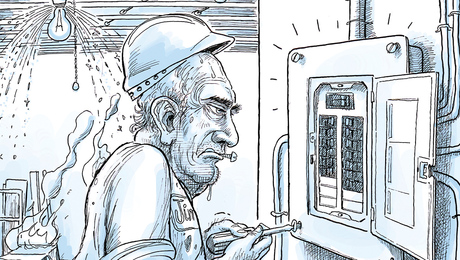

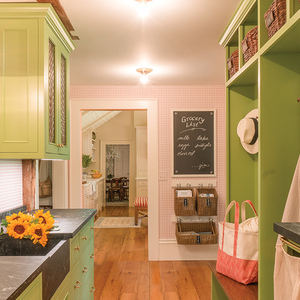
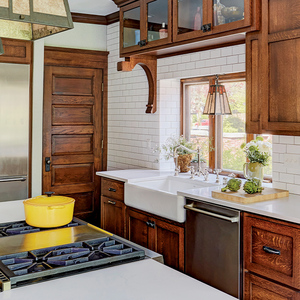
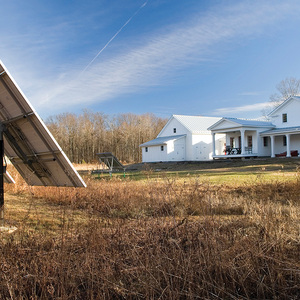








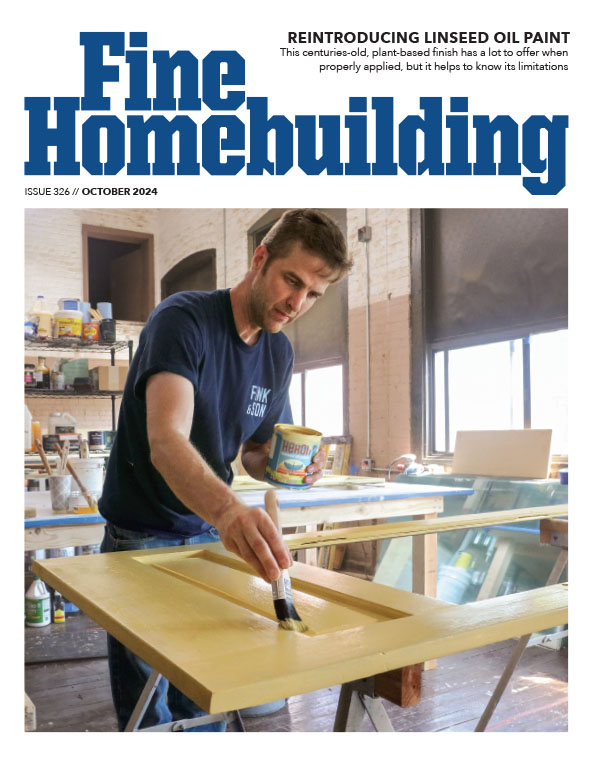





Replies
Georgen
If you had an air assist floor nailer, there'd be room enough to use it to within a foot of the wall. But that means starting at one wall.
i would not start in the center, plan your layout to be close and remember it's a floor not a coffee table. If using the finish gun I'd angle two nails opposing and go to 10" centers.
Nailing Hardwood Floor
I'm assuming your flooring is Tongue and Groove.
Unless the walls are way out of parallel do what Calvin suggests and start along one wall and not in the center. At the starting wall face nail the first row and also nail through the tongue of this first row. For each succeeding row, until you have enough room to use the flooring nailer, nail through tongues only with the finish nailer. After that continue with the flooring nailer until you're too close to the far wall and then switch back to the finish nailer through the tongues. For the last 3 or 4 rows where the finish nailer won't fit you can drill through the tongues and hand nail. Some will add glue to these last rows in addition to nails. Some will just face nail and fill the holes. With the finish nailer you can drop down the nail spacing to 6". Use 2" nails with your finish nailer.
Don't know what type of wood you are using or how it takes to having nail holes filled but if you are really ambitious or in over-do-it mode you could always use trim head screws every place you would face nail.
Why?
JIMMIEM wrote:
Some will add glue to these last rows in addition to nails.
Who would do that...and what would they be gluing to? The nails are there to hold the strip flooring down, not bound to one another. Unless it's a glue down application (which in this case it's not), then nailed strip flooring should be installed with a slip sheet between the flooring and subfloor and each strip expands and contracts (with MC changes) independently .
Deadnuts
I have seen it recommended by pros on a few flooring forum sites. The slip sheet is cut back and the flooring is glued to the subfloor. The only reason I even mentioned it is because he is flooring a hallway which may have foot traffic close to the walls in contrast to a room which would probably have furniture close to the walls. I'm just thinking that foot traffic might cause flooring face nailed with a 15 ga finish nail to loosen over time.
Never heard or have seen that done. NOt saying someone hasn't done it, but it works against the principle of wood movement. If you glue both side of the hallway to the subfloor (if your logic of traffic holds true for one side, then it should hold true for the other; right?), then the middle boards could buckle given enough MC change. This is why a gap at the wall which base or shoe covers is standard practice.
The recommendation to install two opposing nails given earlier is good advice. The geometery of those nails generally are enough to hold flooring securely in place. Foot traffic does not transfer much shear load from the human to the floor. If you were planning on playing racquetball in the hallway, then that might be another story :).
Deadnuts
According to Charles Peterson the clearance around the perimeter of the room has no effect on the boards in the center of the room....the boards in the center push against each other and buckle up....the expansion gap at the wall is there to allow the rows close to it to expand. I'm getting this info from his book page73.
also--practice
Take a short piece of flooring, set it up on a couple of scrap 2x material, and practice some shots so you can figure out where to align the head, angle of the nailer etc, to drive the nail into the corner between the edge and the tongue. You should also pay attention to the pressure--I just did this with maple 3/4" (using a PC 16 ga nailer) and had my pressure up to about 100psi so the nail head would drive into the wood and not interfere with the groove from the next piece. A bit of practice and adjustment and it's pretty quick.
Offeset
If you really want to run parallel to the center of the hall: Establish your line and then offset it to one side. I understand not wanting to start off the wall, but it is pretty easy to do an offset from an established line.
the main issue i would have starting in the center of the hallway is that half your boards will need to be nailed thru the groove.
be sure that when nailing you are steep enough so that the nail does not protrude on the bottom side of the tongue...it will make snugging up your boards a nightmare.
classic way for that...
If you start in the field you make a spline for the starter so you have a tongue facing in both directions. Face nail the boards on each side of the spline.
Old hand is spot on with this technique. It is used quite commonly where you start against a large room wall and one section goes back the other way into, say, a small coat closet.
However, starting in the center of the hall with this technique won't buy you any extra hammer swinging room. IMO, it's best to do as fixture and jigs suggested and work off one edge of the hall based on a reference line snapped a a convient place in the hall.